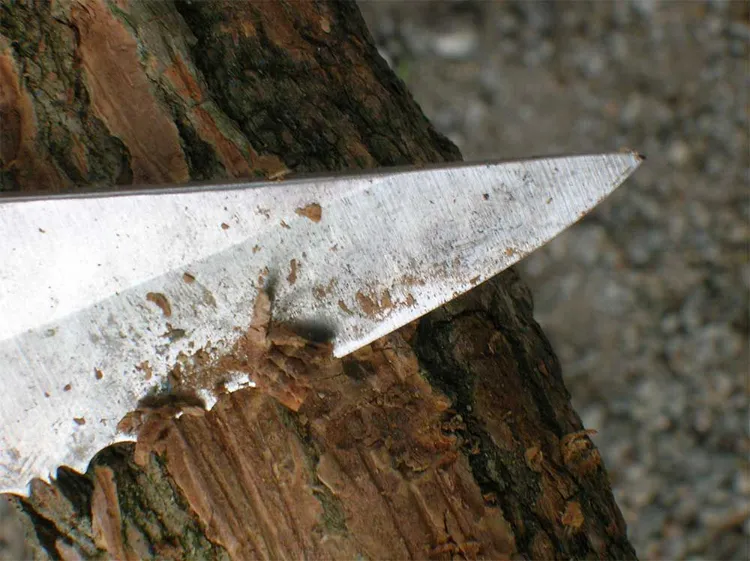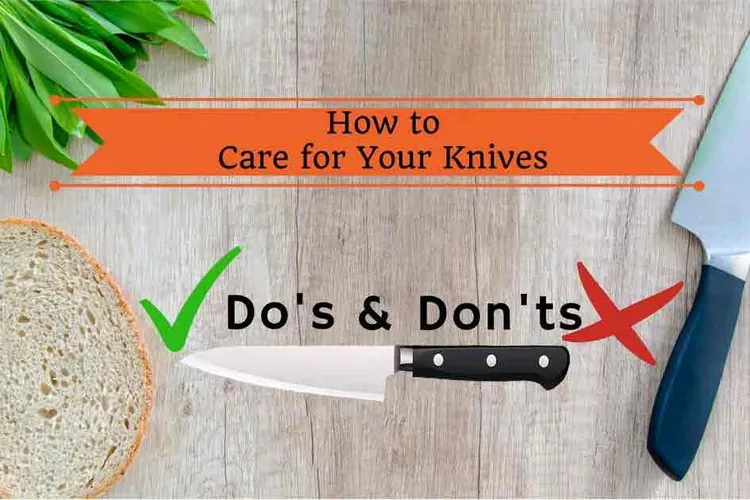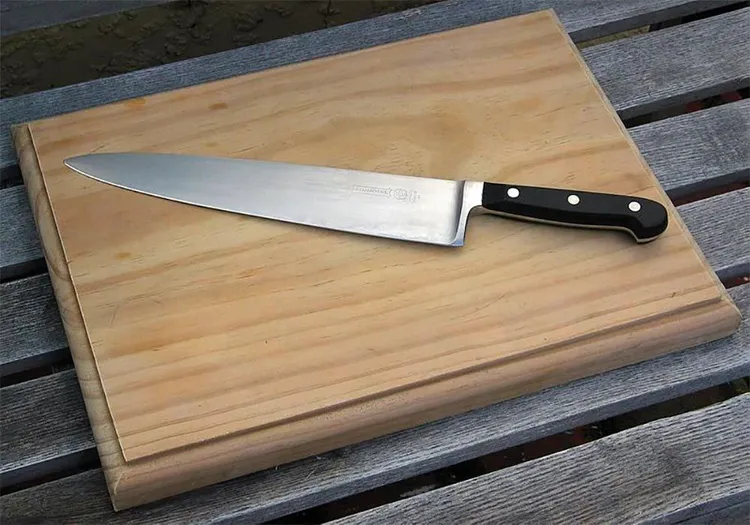Our recommendations are made independently through Research & Testing. We may receive commissions from purchases made via our links.
Wusthof vs Henckels: Two Legendary German Knifemakers
In the world of kitchen knives, two names constantly come up. The centuries-old Wusthof vs Henckels battle may continue for centuries more.
There is an interesting phenomenon in almost every industry. Two or more top competitors offer products that are so close in price and quality that consumers often find it hard to choose. This is also true of the knife industry.
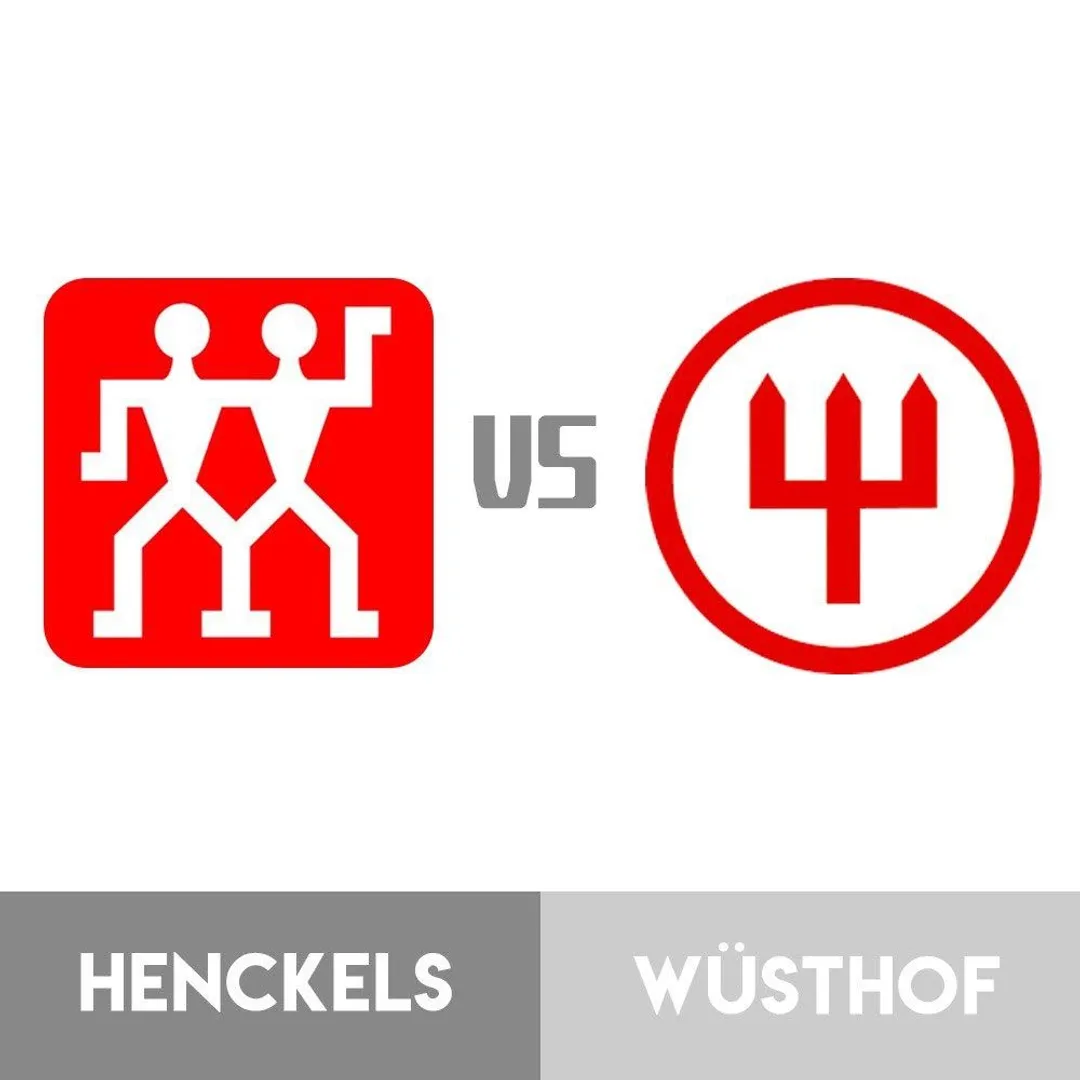
Two names always pop up when we think of quality kitchen knives. The Wusthof vs Henckels battle is probably as old as the companies are. So, how similar or different are their products?
Wusthof vs Henckels— A Brief History
Known as the “City of Blades”, Solingen in western Germany is home to Wusthof and Henckels, as well as dozens of other world-renowned blade makers. Since mediaeval times, the city has been the blacksmithing hub of Northern Europe. Tools and weapons produced here have found their way to practically every corner of the continent.
Wusthof
Founded in 1814, Wusthof initially worked on commission for other companies. It then started its own line and began making pocket knives, followed by numerous other products from scissors to razor blades. In the 1970s, the company shifted its attention to kitchen knives and discontinued most other product lines.
All Wusthof knives are made in Germany and carry a trident logo.
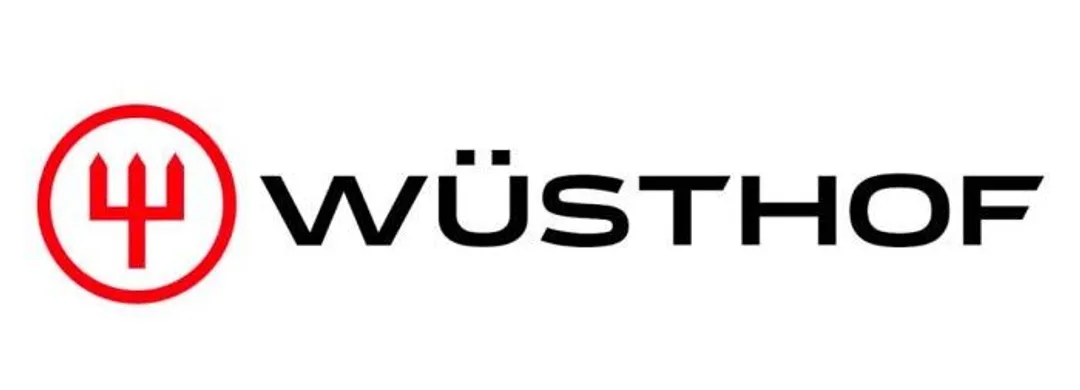
Henckels
Peter Henckels started Zwilling (German for “Twin”) in 1731. The company was once selected as the official purveyor of knives to the Royal Court of Austria-Hungary. In the early 1800s, Johann Abraham Henckels, son of Peter, renamed the company to what we now know as Zwilling J.A. Henckels.
Almost all Zwilling J.A. Henckels knives are made in Germany and carry the TWIN logo. The J.A. Henckels International brand markets entry-level knives that are made in Spain and Asia. These carry a single stick figure logo.

Similarities
History: Youngest of the two is over two hundred years old and both carry an illustrious tradition. Age is definitely something Wusthof and Henckels take great pride in.
Price: Forged knives from both companies are targeted at professional and home buyers in the mid to high price range. Stamped knives are more affordable, and are popular with industrial or raw food processing customers.
Steel: Both companies use the German steel X50CrMoV15 for most of their product lines and models. The X stands for stainless, 50 for 0.50% carbon and 15 for 15% chromium. Blades made from this steel have high corrosion resistance (stainless steel requires at least 11% chromium content).
This formula of steel provides a good balance between hardness and toughness. It gives the blade superior edge retention and sharpness. Trace amounts of molybdenum and vanadium are present to improve grain structure and durability.
Product Lineup: Both companies offer a similar number of forged and stamped knives.
Warranty: A limited lifetime warranty comes with all their knives. It covers defects and craftsmanship, but not normal wear and misuse.
Handle: Knife handles are made of wood, composite wood, or synthetic materials.
Washing: Knives from both companies should be washed by hand. Cleaning in a dishwasher is not recommended.
Differences
Steel Hardness: Although they are made from the same kind of steel, blades from these companies differ in hardness due to different forging processes. A typical Wusthof knife has a Rockwell Hardness rating of HRC 58. An example is the Classic Chef’s Knife, the best knife in 2020 by our nomination. This is higher (i.e. harder) than HRC 57 of a typical Henckels knife.
Henckels uses what it calls FRIODUR, a cryogenic tempering method, which involves heating the blades to 1,000 °C (1,830 °F) and cooling to -70 °C (-90 °F) with liquid nitrogen. This gives the blades better sharpness and stain resistance. A similar process is also employed by other manufacturers.
Sharpening Angle: Out of the factory, Henckels blades have edges sharpened at 15° on each side, while Wusthof blades are at 14°. This gives the Wusthof blade a combined edge angle of 28°; a 2° advantage over the 30° of a Henckels blade. But since the Wusthof blade is made of a harder steel, edge retention doesn’t necessarily suffer because of this.
Wusthof uses a laser technology called PEtec to control the precise angle while sharpening their blades. Henckels also uses a similar laser technology.
Handle Shape: While many variations exist within each manufacturer, the Wusthof handles, in general, tend to assume a slight humpback shape with no substantial backstop for the pinky finger. The contours on the handle are also rounder.
Henckels handles generally have a straight overall profile, with the full backstop being a common feature.
Product Lines
Comparing premier products from quality companies can often be a source of frustration because there is never an obvious winner. So, let’s skirt the trouble and instead look at what they have to offer in terms of forged knives. The following tables show the features of the chef’s knife, representing the general theme, of each collection.
Wusthof
| Classic | Epicure | IKON | Classic IKON | Grand Prix II |
|---|---|---|---|---|---|
Made in | Germany | Germany | Germany | Germany | Germany |
Steel Type | X50CrMoV15 | X50CrMoV15 | X50CrMoV15 | X50CrMoV15 | X50CrMoV15 |
Hardness | HRC 58 | HRC 58 | HRC 58 | HRC 58 | HRC 58 |
Handle Material | Polyoxymethylene | Richlite | Blackwood | Polypropylene | Polypropylene |
Bolster | Full | Half | Half | Half | Full |
Tang | Full | Full | Full | Full | Full |
Classic: This is the company’s flagship. It features a full bolster to protect your hand and provide balance. The traditionally shaped handle is made of synthetic material and is equipped with a backstop for sturdy gripping.
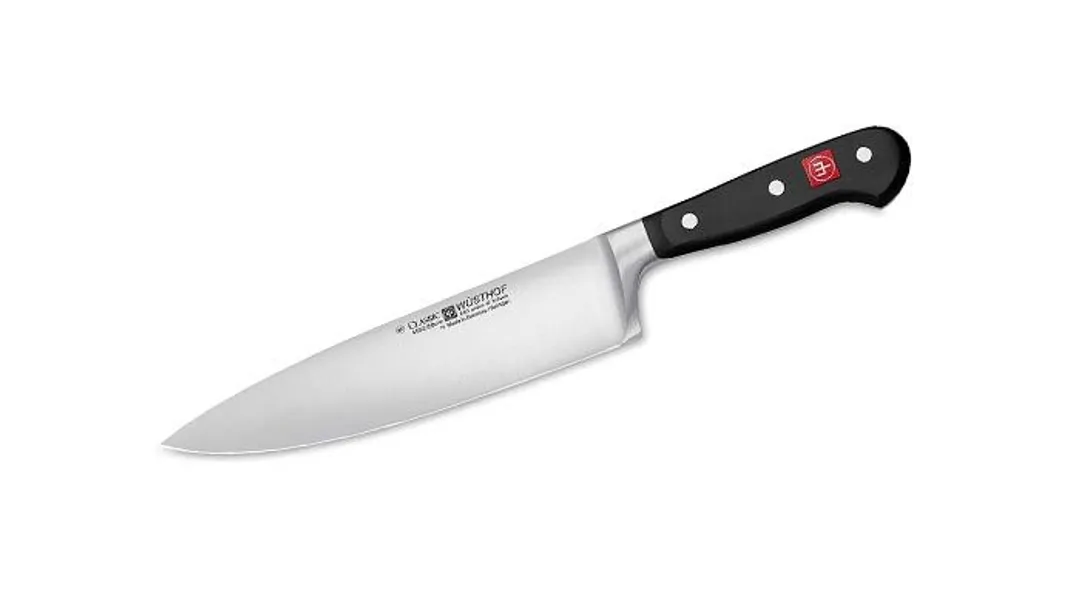
Epicure: The Epicure features a wider blade with a more pronounced angle at the tip. The handle is straight forward, yet elegant. It is made of composite recycled wood and has no backstop.
IKON: Compared to the Epicure, the edge of the IKON is more uniformly-curved leading to a narrower blade. Sharpening the entire blade is easy with a half bolster. A second bolster is featured on the handle butt for better balance.
Classic IKON: The only difference from the IKON is the handle color/material. In addition, Classic IKON Crème is a similar product line that features cream-colored handles.
Grand Prix: Entry-level forged knife. Similar in shape to IKON. The handle is polyresin.
Henckels
| Pro | Kramer | Four Star | Professional "S" | Four Star II |
|---|---|---|---|---|---|
Made in | Germany | Japan | Germany | Germany | Germany |
Steel Type | X50CrMoV15 | FC61 Damascus | X50CrMoV15 | X50CrMoV15 | X50CrMoV15 |
Hardness | HRC 57 | HRC 61 | HRC 57 | HRC 57 | HRC 57 |
Handle Material | ABS | Cocobolo | Polypropylene | ABS | Polypropylene |
Bolster | Half Curved | Partial | Full | Full | Full |
Tang | Full | Full | Full | Full | Full |
Pro: The most user-friendly knife from the Zwilling lineup. It features a curved half bolster for easy sharpening, while providing protection and balance. A backstop on the handle stops an oily hand from slipping.

Kramer: Designed with the consultation of legendary knife maker Bob Kramer. This remarkably hard blade is made in Japan with Japanese steel.
Four Star: The best-selling Henckels knife. This knife is dishwasher safe, though we recommend hand washing to increase its lifespan.
Professional “S”: The design is classically German, with a gradually curving edge and a traditional handle shape.
Four Star II: In addition to all the features of Four Star, there’s an extra bolster added to the butt of the handle for increased balance.
Conclusion
The fact that these two companies have been in business for centuries is a testament to the quality of their products. The best that any honest Wusthof vs Henckels comparison can hope to achieve is to lay out the obvious differences between their products.
Whether you end up buying a knife from one brand or the other, you can rest assured that it’s a quality tool. With proper care and maintenance, it will easily last you a lifetime.
Authors
Luna Regina is an accomplished writer and author who dedicates her career to empowering home cooks and making cooking effortless for everyone. She is the founder of HealthyKitchen101.com and HealthyRecipes101.com, where she works with her team to develop easy, nutritious recipes and help aspiring cooks choose the right kitchen appliances.



